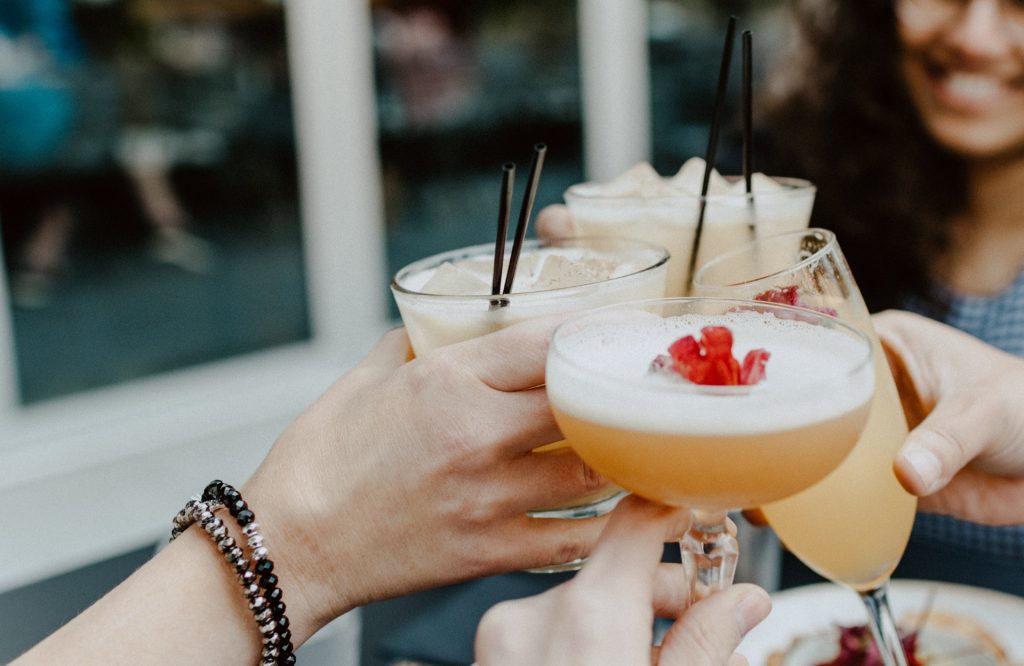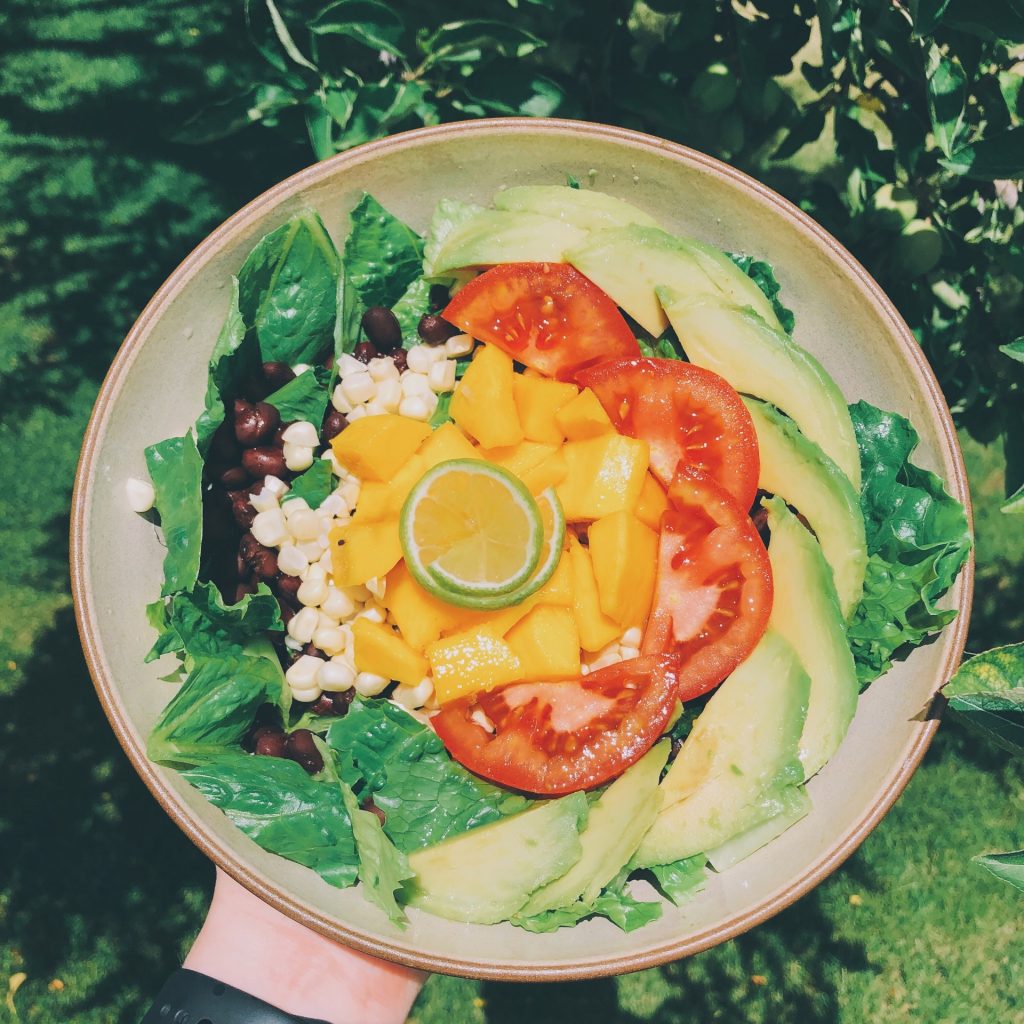Mocktails and Veggies: What Gen Z is Eating and Drinking and Why
There’s a saying that generations not only shape history but are also shaped by it. Researchers will tell you that an individual’s age is one of the most common predictors of differences in attitudes and behaviours. Changes in political circumstances, societal mores, and economic conditions over a period can lead to people within a generation having different formative experiences. Understanding these differences is an essential component of generational analysis – and a necessary part of how you can profit as a result.
By the way, if you think Gen Zers are nothing more than mini-millennials, think again.
How and What does Gen Z Drink?
A recent trend that might affect your bottom line is the way Generation Z and millennials are distancing themselves from their boozy Gen X and boomer parents. They’re drinking less and embracing the new FOMA (fear of missing alcohol) outlined in Ruby Warrington’s best-selling book on alcohol reduction as the next stage in the wellness revolution.
The term “mindful drinking,” coming from a book by Rosamund Dean, means drink less and think about it more. Both books have created online movements to support and celebrate this new sobriety and way of drinking.
Sobriety is becoming surprisingly hip, which some experts attribute in part to the legalisation of cannabis (cannabis being seen as ‘healthier’ and lower in calories than alcohol by some consumers). However, this doesn’t mean the end of alcohol is nigh. Instead, the rise in the ‘sober curious’ trend is translating into expensive artisanal low or no-alcohol cocktails at popular bars rather than total abstinence.
Traditionally, beverages in this space have been about “less” rather than “more”; less adult and less flavour, with alcohol stripped out rather than a drink recreated from the ground up. Non-alcoholic beers are now marketed in the same way as mainstream beers. Even sodas are becoming more sophisticated and premium.

Based on the 2019 Restaurants Canada Chef Survey, there appears to be a disconnect between what consumers want and what foodservice industry thinks they want. This is key to keep in mind for foodservice operators building out their menu. Many of the industry players are prioritizing kombucha as a go-to non-alcoholic beverage while consumers are actually more interested in fancy lemonades, sparkling waters, and iced teas.
We’re also seeing the consumer’s desire for authentic global cuisine starting to extend to beverages – would you like a guava Jarritos with your burrito bowl? If your restaurant offers an international menu, what globally-inspired hot or cold drinks can you provide to expand the experience?
How can you capitalize on guest demand for more adult non-alcoholic beverages on-premise? Is there now an opportunity to sell these beverages off-premise as well, to capture lost revenue from declining on-premise alcohol sales?
What does Gen Z Eat and Why?
Taste is always going to be “table stakes,” but what other things are essential to the Gen Z when choosing what to eat?
Convenience ranks higher for younger generations than it does for boomers. Whereas ‘health’ ranks higher for boomers than for younger generations. And all generations are starting to practice flexitarianism, but for differing reasons.
While the number of people identifying as vegan or vegetarian hasn’t yet noticeably increased overall, the majority of Canadians are reducing their meat consumption. A Dalhousie University study found that vegetarians and vegans now account for nearly 10% of Canada’s population; that’s more than 2.3 million vegetarians and over 850,000 vegans. The study also showed people under the age of 35 are three times more likely to consider themselves vegetarians or vegans than people 49 or older.

Boomers are going plant-based because they believe incorporating more plant-based foods is better for their overall health. For Generation Z and millennials, they’re doing it for the planet’s health and are starting to make food choices not based on food preferences or values but instead based on lowering their environmental impact.
Blended or hybrid products (such as mixed plant and dairy, or plant and meat) are emerging as a more natural way for consumers to moderate their carbon footprint without giving up their preferred taste for animal products. Rather than doing flexitarian as an “either/or,” it can be done as an “and.”
Can you offer “lower your footprint” options that combine the best of both worlds while being kinder to your profit margins? Can you “future-proof” your menu with younger generations by offering more vegetarian and vegan options that still deliver flavour, fun and protein?
The question consumers are asking today is: “what can you do for me?” Showing your customers you understand and are ready to cater to their individual needs is the key to success in this new era of hyper-personalization.

Looking to deepen your understanding of the next generation? Find yourself at RC Show 2020 and hear Jo-Ann McArthur, president and founding partner of Nourish, a marketing agency that specializes in Food & Beverage. Jo-Ann will be speaking at the panel: Look who is coming to dinner: Learn how to reach today’s changing demographics on March 1, 2020.









